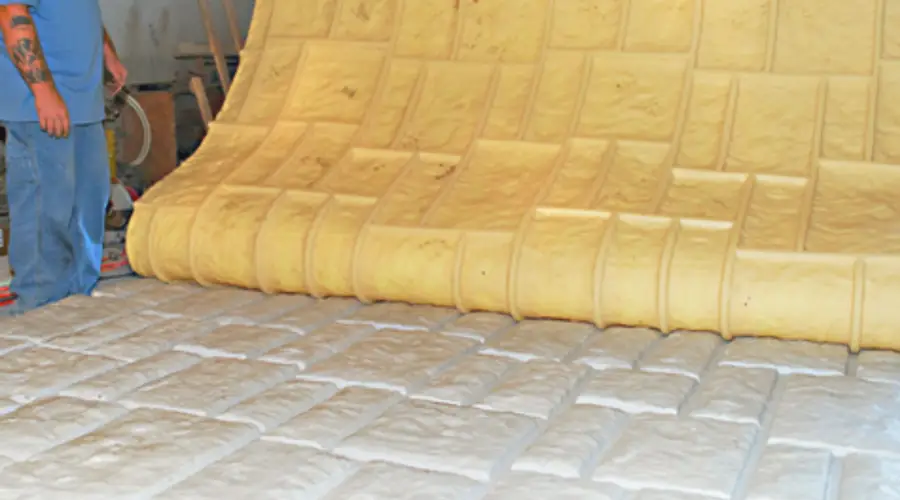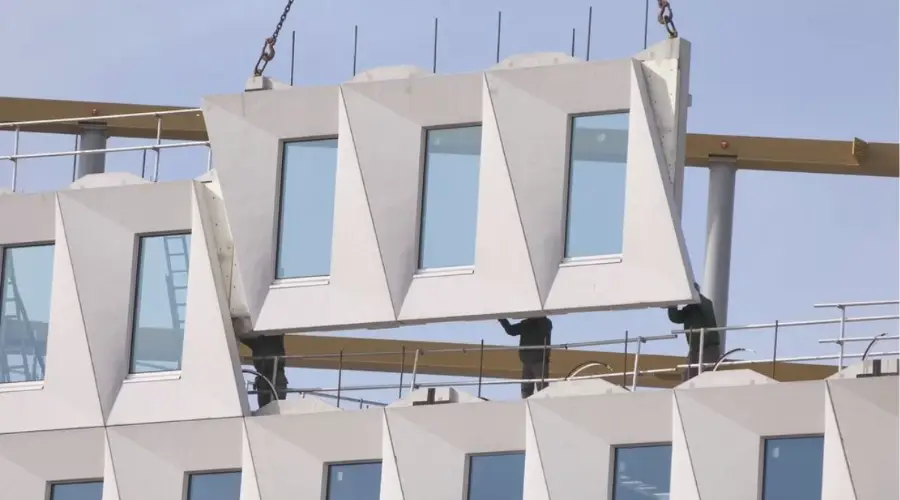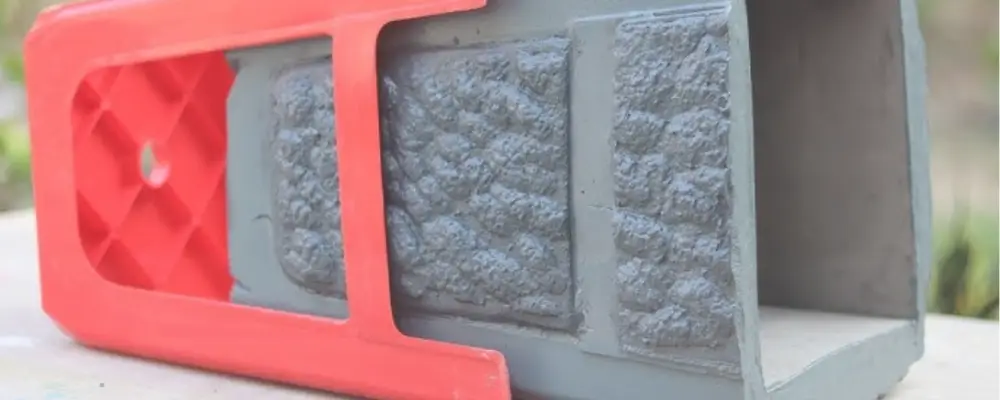Concrete is a composite material that plays a vital role in construction projects. The strength and quality of the concrete are crucial to ensuring the overall stability of the structure. It is made up of raw materials including calcium, silicon, iron, lime, clay, aluminium, and other additives. These ingredients are specifically chosen by considering their unique chemical properties to achieve the final product with the desired specifications.
Let’s keep aside the definition of cement; do you have any idea about casting cement and concrete? It is a process or technique used to create a certain product or structure using concrete.
If you don’t have any knowledge about this process, let’s continue reading further. This article uncovers what exactly the process is, its importance, applications, and advantages.
What is Casting Cement and Concrete
Casting cement and concrete is a technique to create various objects and structures by pouring a liquid concrete mixture into a pre-designed mould. By allowing it to harden, your product is ready.
The size and shape of the mould is customizable; you can make it according to your specific project needs. The mould or formwork is made of plastic, wood, metal, or other materials. This concrete casting is used for a wide variety of applications due to its exceptional strength and durability.
Importance of Casting
Casting is a fundamental technique used in various industries. Let’s see why:
Mass Production: Casting enables producing identical objects in larger quantities which is quite impossible to achieve in other methods. It would be useful in areas where larger quantities are required in a short time.
Versatility: The material versatility is an ideal advantage of casting. It allows you to create the desired size and shape from a variety of materials, including metals, plastics, or concrete.
Economical: Casting helps produce complex objects or products at a lower cost. By pouring the liquid mixture into the mould, you can make your product ready once it has hardened.
Efficiency: Casting is a kind of precast concrete component that can be prepared off-site. It reduces the overall construction time and ensures the quality of objects.
Reduced Assembly: Casting in construction reduces the time and complexity of the assembly process. Because the parts or objects of the moulds are ready to go, they can be used directly in construction.
What are the Steps involved in Casting
Casting is a multi-step process that requires careful planning and execution. Here are the steps to follow:
Product Designing & Planning: Engineers need to pre-plan the design of the structure or product to achieve the desired shape, size, and dimensions. After that, the mould or formwork designs can be adjusted according to the requirements.
Prepare Aggregated: Figure out the required fine and coarse aggregates and prewash them thoroughly to remove the dirt, dust, and other contaminants.
Concrete Mixing: Ingredient preparation is a crucial step, including cement, water, and aggregates, which should be accurately measured and prepared to a uniform consistency.
Pouring: A liquid concrete mix is poured into the formwork or mould. Once it is filled completely, vibrate the tray or mould to remove the air bubbles and ensure proper compaction.
Curing: The mould should be placed in a controlled environment to prevent rapid drying and cracking. Avoid placing it in an extremely cold or hot temperature, as this can compromise the product quality.
Object Removal: Once it is cured well, the products are demolded from the formwork carefully. Then, it is ready to use in construction.

Applications of Casting Cement and Concrete
Casting cement and concrete has been used in several applications, including:
Bridges and Flyovers: Due to their exceptional strength and durability, they have been used to construct bridges and flyovers. They are capable of withstanding traffic vibrations, heavy loads, and harsh environmental conditions.
Roads: Concrete plays a vital role in constructing the sidewalks, roads, and highways. This is because they are durable, skid-resistant, and make surfaces long-lasting.
Precast Concrete Components: Precast concrete components are products or objects that are manufactured off-site, such as wall panels, beams, and floor slabs. Later, they can be transported and assembled on-site to speed up the construction.

Foundations and Footings: Generally, the building foundation and footings are expected to be strong and durable. Be it residential or commercial, they should resist water and extreme weather conditions, which is efficiently provided by concrete.
Advantages of Casting Cement and Concrete
Casting cement and concrete offers significant advantages to the construction industry. When used efficiently, you can achieve the desired strength in projects.
Extreme Strength & Longevity: Concrete is generally valued for its excellent compressive strength, making it suitable for load-bearing structures by resisting fire, heavy rain, temperature fluctuations, and snow.
Design Flexibility: Casting allows builders to personalize complex designs and enables them to achieve unique architectural aesthetics. From size and shape to additives and pigments, everything can be customised to meet specific project needs.
Cost-Effective: Mass production of certain objects or products can be handled efficiently through casting cement. Additionally, it adds exceptional strength to the structures, reducing overall repair and maintenance costs over time. Because concrete is a sustainable material, it can also be reused in the future.
Perfect Finishing: You may have a doubt about precast construction materials, but they seem perfect and professional; no damages can be identified.
Final Wordings
Casting cement and concrete is an ideal technique that involves manufacturing the required material in the desired size and shape. It effectively saves time and cost in large-scale projects where deadline and costs matter. This is a fundamental technique used in various applications and industries. By reading this article, you can gain a better understanding of casting cement and concrete and how they have been beneficial to the sector.

